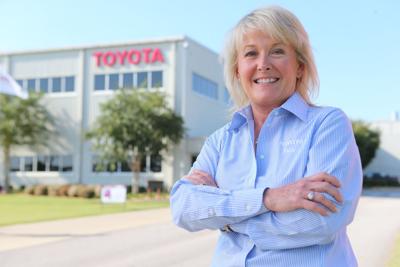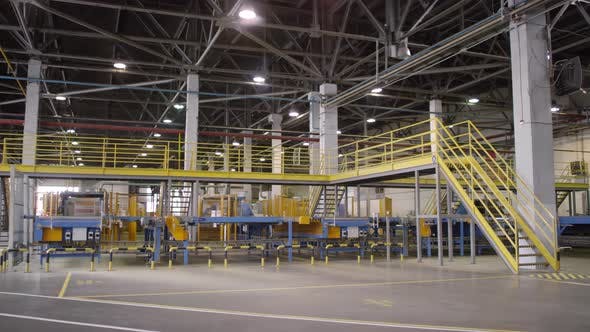Auto dealers have experienced highs and lows during the COVID-19 pandemic. Many have had surprising, record-breaking sales months and many have sold more used vehicles than ever before. The current value on used vehicles stems from the lack of new vehicles arriving on the lot. Inventories among new vehicles have remained low in August as many plants continue to operate short-staffed.
During the beginning of the COVID-19 outbreak in the US, auto plants across the country shut their doors as production skidded to a complete halt. However, even as production stopped, dealers didn’t stop selling vehicles. Contrarily, many dealers began selling more cars, leading to a nationwide inventory crisis. While auto plants reopened their doors during the summer, not all employees returned to work.
Orbital Insight has monitored the auto industry from an overhead view from satellite images. The data-collecting company has been able to monitor the rise and fall of auto plants across the country. Many have restored their workforce nearly to full strength, while others are dealing with high absenteeism.
Related: More Auto Manufacturers Pause Production during COVID-19
Absenteeism can lend itself to the idea of employees skipping work. However, it actually encompasses all the reasons an employee might not be able to come into the workplace. Most of the reasons are related to COVID-19 exposure. To make up for this, many automakers are hiring additional staff to fill gaps. Much to the displeasure of the UAW, General Motors scattered many of their white-collar workers to work in its shorthanded plant in Wentzville, Missouri to keep up with the heightened demand.
Emily Lauder, vice president of administration at Toyota Mississippi recently told NPR that they have had to make major additions to the staff to make up for absent employees.
“Based on the number of COVID quarantines that we’ve had, we’ve hired a little over 200 additional team members to support that quarantine absenteeism,” Lauder said.
For dealers to receive additional inventory on their lots, automakers are going to need to get creative managing small staffs. According to the CBT News MarketCenter Powered by Lotlinx, new car inventory is currently pacing 12% behind where it was in 2019. This has improved from the 25% drop in the middle of July when the inventory shortage became a crisis for the industry.
Did you enjoy this article from Josh Isley? Read other articles from him here.
Be sure to follow us on Facebook and Twitter to stay up to date or catch-up on all of our podcasts on demand.
While you’re here, don’t forget to subscribe to our email newsletter for all the latest auto industry news from CBT News.









